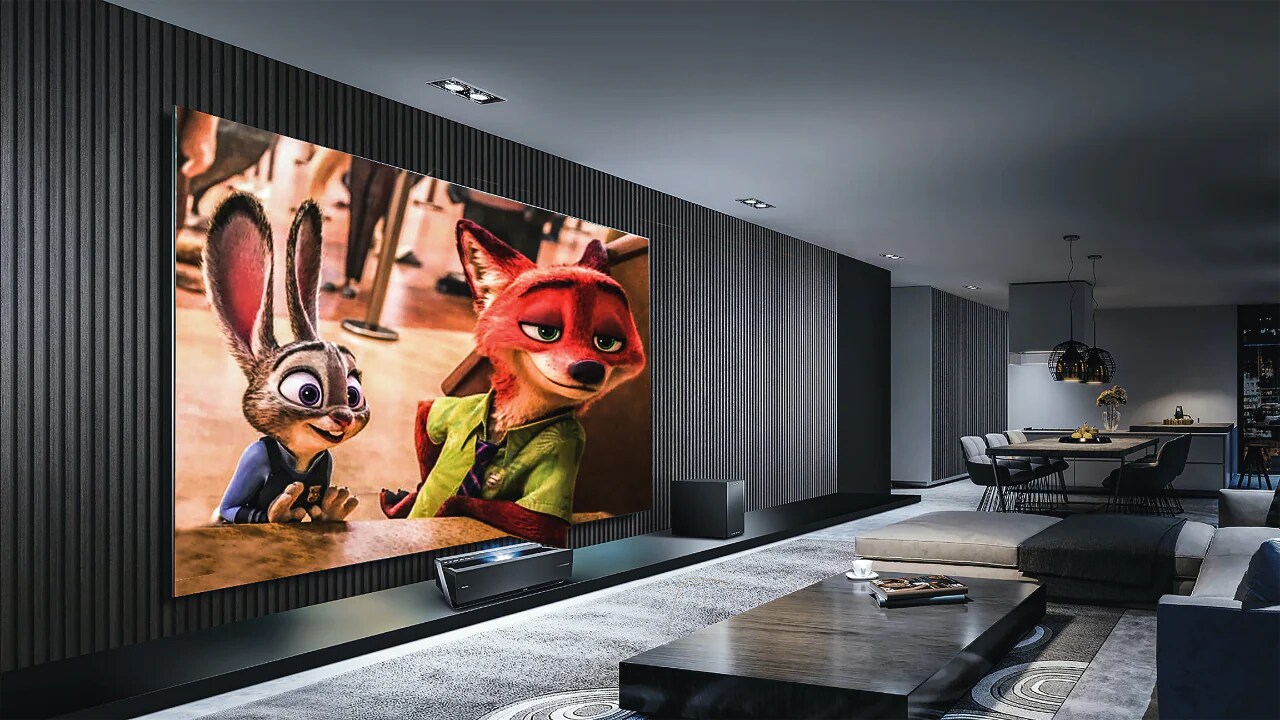CTV (connected TV), which was until recently seen only as an alternative to linear TV, is making quick paces to change the way viewers are consuming content. The pandemic has further accelerated the shift in viewing habits as more and more people stayed indoors accepting the “new normal” and taking to CTV as a common entertainment source for families to enjoy together.
The increasing internet speeds and better access to internet-enabled devices has also aided to the recent growth of CTV.
To be sure, CTV is a television that gets its content from the internet vs. the traditional route of cable and/or DTH. Being powered by the internet, the content is being consumed on-demand. This content is usually consumed through apps on Smart TVs or through Dongles (like Fire Stick, Roku etc.) and Gaming Consoles (Xbox, Playstation etc) connected to regular TVs, thus enabling them to access internet content. Over-the-top (OTT) video streaming platforms such as Disney+ Hotstar, Zee5 and Netflix, among others are some of the apps which are providing content to viewers through CTV.
CTV and OTT are often used interchangeably though both are different platforms. A simple way of distinguishing this is that OTT content can also be viewed on non-CTV devices. Think of how you are plugged onto Netflix on your mobile device on-the-go: that’s basically accessing OTT content on the phone. OTT content is accessed via options such as ad-supported video on demand (AVOD) or subscription services to access video on demand (SVOD). Whereas, CTV users have a choice to access a wide variety of content (including OTT content) through an internet-connected TV.
Big numbers
It is rapidly emerging as an ideal medium for brands to directly target their audiences. With connected TV, brands are able to advertise on the large screen and, at the same time, enjoy the benefits of digital advertising, like targeting, measurement and interactivity.
Quoting GroupM data, Atique Kazi, president – data, performance and digital products, GroupM India, says that in 2021, there were about 8-10 million CTV households that had a smart TV, or broadband connection and were accessing two or more broadcast OTT apps.
Initially, we saw e-commerce, tech, and premium brands being the early adopters, but now we see consumer durables, retail, and FMCG as well adopting Connected TV advertising and seeing it drive efficiency in their media plans: GroupM’s Atique Kazi.
“As of today, our estimation is 20-22 million households. This number is set to reach 40 million households easily by the end of 2024. Which means approximately 16% TV households. Of the 20-22 million households; 4 million are complete chord cutters and the rest of them are chord switchers,” he explains.
Kazi asserts that CTV has brought (co-viewing) to the living rooms and will complement the overall TV viewership.
“Marketers are today open to discuss integrated TV approaches to drive efficiency. Hence, CTV will be a medium to target household-level television viewing audiences with more digital capabilities helping sharper targeting, dynamic reporting, and measurement. I see CTV as an alternative access point to TV Content and should be looked at as a total tv planning & buying approach,” he adds.
Younger and engaged audience
The CTV audiences are younger, more affluent and more internet savvy. They are deeply engaged too therefore brands are increasingly finding merit in investing on CTV advertising. Though advertisers have limited options to advertise on TV brands (Samsung CTV through Samsung Ads) however they can advertise on connected television through platforms such as YouTube and other ad-supported OTT platforms. These could be ads, placed on the homepage of the device as a video or static ad. It can also be pre-rolls or mid-rolls within the content. Often, these ads are interactive as well.
9 in 10 viewers of CTV recall being exposed to ads; 81% of those exposed to ads claim that the ads influenced them: mediasmart, Affle, report.
“Initially, we saw e-commerce, tech, and premium brands being the early adopters, but now we see consumer durables, retail, and FMCG as well adopting Connected TV advertising and seeing it drive efficiency in their media plans,” says GroupM’s Kazi.
Kazi further adds that since the medium holds household targeting and not at an individual level, brands are currently using this largely to complement their reach with relevant and sharper targeting.
“We have seen national brands using this medium very effectively in testing a launch in a few markets before going Pan India,” he adds.
mediasmart, an Affle Company, India CTV Report 2022 titled ‘India Says Yes to Connected TV states that in terms of advertising, the report adds that 9 in 10 viewers of CTV recall being exposed to ads; 81% of those exposed to ads claim that the ads influenced them. Nudging the users on their connected mobile devices within
“These brands are using CTV advertising for full-funnel brand impact including driving awareness through large screen storytelling, driving action on mobile devices through re-targeting on connected devices within the same household and ultimately driving online and offline conversions / visits,” says Nikhil Kumar, Vice President, India & SEA, mediasmart.
Key Challenges
Even though the CTV adoption has increased both among consumers and advertisers, market education is still a challenge. Advertisers often confuse OTT with CTV, when they are not the same. They also need to understand that CTV advertising goes beyond OTTs and explores genres of Gaming, News and Music as well.
“…then, there is also a need for a mindset shift – from a TV-led traditional plan to an impactful CTV-led plan that can become a game-changer for brands. As the market and technology evolves, we will also see further strengthening of the CTV advertising ecosystem with increased adoption,” concludes mediasmart’s Kumar.
